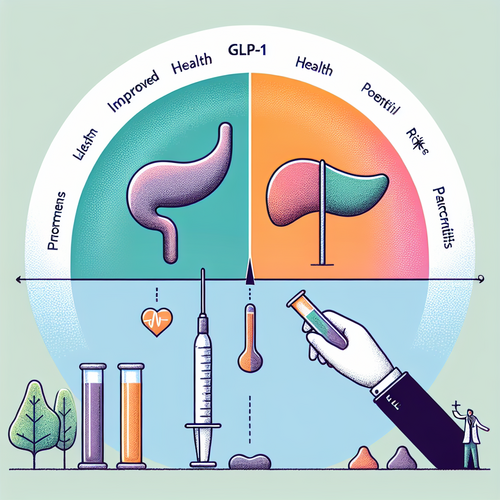Tropical storms are among nature’s most formidable forces, capable of unleashing catastrophic destruction on coastal communities and beyond. As climate patterns shift and the intensity and frequency of extreme weather events potentially increase, the need for accurate, timely, and nuanced forecasting becomes ever more critical. For decades, meteorologists have relied on complex numerical models, powered by supercomputers and fed with vast amounts of atmospheric and oceanic data, to predict the birth, path, and intensity of these swirling behemoths. These models, while powerful, have inherent limitations, particularly in projecting storm behavior over longer time horizons or capturing the intricate dynamics that govern rapid intensification.
Enter the world of Artificial Intelligence. Tech giants like Google are increasingly turning their formidable AI capabilities towards grand challenges, and forecasting the weather, especially volatile tropical cyclones, is a prime candidate. Google DeepMind and Google Research have unveiled their latest effort: an experimental AI-based tropical cyclone model and an accompanying interactive platform called Weather Lab. This isn’t just another weather app; it represents a significant step in applying sophisticated machine learning techniques, including stochastic neural networks, to a problem traditionally dominated by physics-based simulations. The model boasts the ability to predict a cyclone’s formation, track, intensity, size, and shape, offering a remarkable forecasting horizon of up to 15 days. Crucially, it doesn’t just offer a single prediction but generates 50 possible scenarios, providing forecasters with a valuable ensemble perspective on potential outcomes.
This ambitious undertaking isn’t happening in a vacuum. Google is actively collaborating with key players in the weather prediction landscape, most notably the US National Hurricane Center (NHC) within NOAA. This partnership is crucial for evaluating, improving, and potentially integrating the AI model’s outputs into official forecasting procedures. Beyond the NHC, Google is also working with institutions like the Cooperative Institute for Research in the Atmosphere at Colorado State University and researchers in the UK and Japan, fostering a collaborative ecosystem aimed at accelerating advancements in AI weather modeling. This collaborative approach is vital; while AI offers exciting new possibilities, the experts on the front lines of forecasting and emergency response possess invaluable domain knowledge essential for refining and trusting these new tools. It also implicitly acknowledges that even with advanced AI, human expertise and established meteorological principles remain indispensable.
The timing of this development is noteworthy. It arrives in the wake of past periods where federal investment in climate and weather research faced significant reductions, potentially creating a gap that private sector innovation can help address. While AI models are showing immense promise, it is critical to understand that they are not yet a complete replacement for traditional numerical weather prediction models. Instead, they should be viewed as powerful new tools that can complement and potentially enhance existing capabilities. The ability of Google’s model to generate multiple scenarios, for example, can offer forecasters a richer understanding of uncertainty than a single deterministic model run might provide. Furthermore, the focus on predicting intensity, a historically challenging aspect of forecasting, highlights the potential for AI to make breakthroughs where traditional methods have struggled. The Weather Lab platform serves as a transparent way to share these experimental results and gather feedback, promoting responsible development and integration.
Looking ahead, the integration of AI into critical functions like hurricane forecasting raises fascinating questions about the future of weather prediction and disaster preparedness. Will AI models eventually surpass traditional models in accuracy and lead time? How will forecasters effectively synthesize information from both AI and traditional sources? The move towards AI-driven scenario planning offers a glimpse into a future where emergency managers and policymakers have access to more probabilistic and granular risk assessments, enabling more targeted and effective responses. The collaboration between a tech giant like Google and government agencies like NOAA/NHC also underscores the growing importance of public-private partnerships in tackling complex societal challenges. As we face the realities of a changing climate, advancements like Google’s AI model for tropical storms offer a beacon of hope, suggesting that with continued innovation and collaboration, we can improve our ability to anticipate, prepare for, and mitigate the devastating impact of nature’s fiercest storms. The tempest is still a formidable adversary, but with AI as a new tool in our arsenal, we are perhaps better equipped to navigate its fury.














